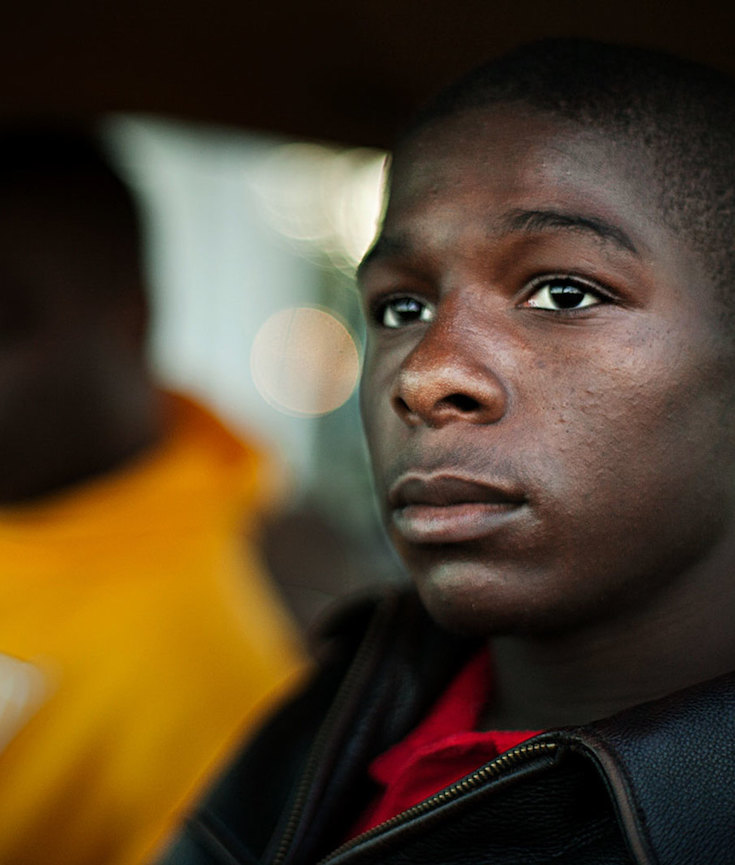[dropcap]There[/dropcap] are 27 prisons within a 100-mile radius of Bertie County, North Carolina. Its last major employer is the Perdue chicken processing plant. It is a place of dirt roads, muddy tracks, trailer homes, sweltering heat, rows of cotton, and very little opportunity for ambitious youngsters.
It’s here that we meet three African-American boys in their teens trying to find their place in a world with odds stacked high against them — overburdened schools with few resources, mass incarceration, and a lack of decent jobs.
All three boys are the subject of a new documentary “Raising Bertie,” which follows their lives for six years while examining questions of race, generational poverty and the opportunity gap that exists in rural America.
There’s Reginald “Junior” Askew who, when we first meet him, cheekily says he thought of selling drugs to make money, but realized he doesn’t have the aptitude for it. There’s David “Bud” Perry, whose mom describes his birth as a blessing because he was “born real fat and light-skinned.” And then there’s Davonte “Dada” Harrell, who we follow as he struggles to come to grips with the dissolution of his parents’ relationship and how to express to his father what he expects in a dad.
[mc4wp_form id=”6042″]







HISTORICALLY BLACK COLLEGES & UNIVERSITIES | HBCU
Historically black colleges and universities (HBCUs) are institutions of higher education in the United States that were established before 1964 with the intention of primarily serving the African American community. They have always allowed admission to students of all races. Most were created in the aftermath of the American Civil War and are in the former slave states, although a few notable exceptions exist.
There are 107 HBCUs in the United States, including public and private institutions, community and four-year institutions, medical and law schools.
Most HBCUs were established after the American Civil War, often with the assistance of northern United States religious missionary organizations. However, Cheyney University of Pennsylvania (1837) and Lincoln University (Pennsylvania) (1854), were established for blacks before the American Civil War. In 1856 the AME Church of Ohio collaborated with the Methodist Episcopal Church, a predominantly white denomination, in sponsoring the third college Wilberforce University in Ohio. Established in 1865, Shaw University was the first HBCU in the South to be established after the American Civil War.
The Higher Education Act of 1965, as amended, defines a “part B institution” as: “…any historically black college or university that was established before 1964, whose principal mission was, and is, the education of black Americans, and that is accredited by a nationally recognized accrediting agency or association determined by the Secretary [of Education] to be a reliable authority as to the quality of training offered or is, according to such an agency or association, making reasonable progress toward accreditation.”Part B of the 1965 Act provides for direct federal aid to Part B institutions. (Wikipedia).


You must be logged in to post a comment.